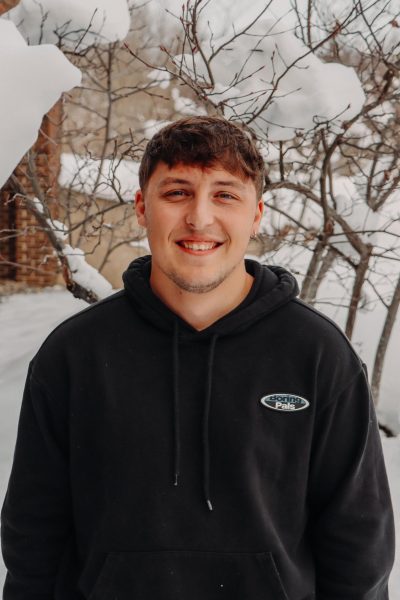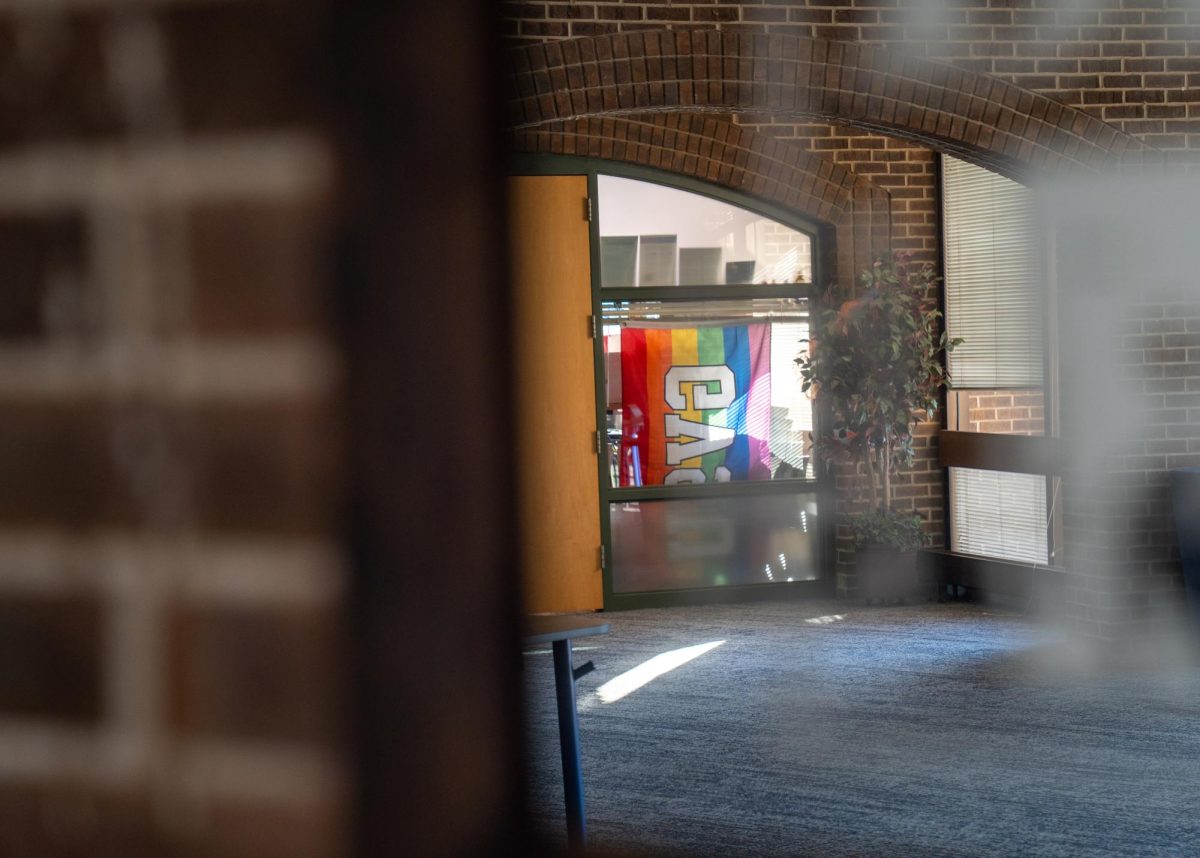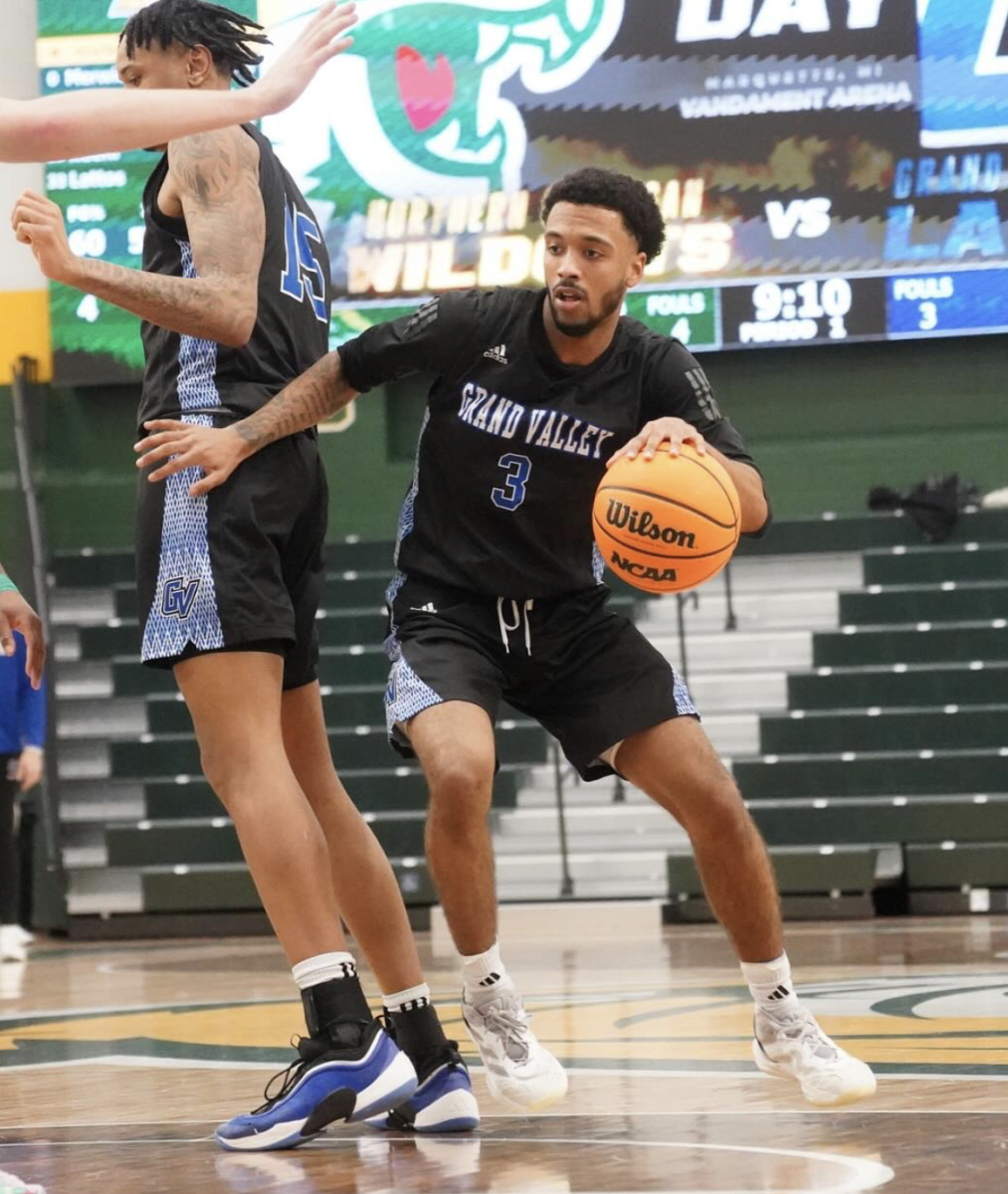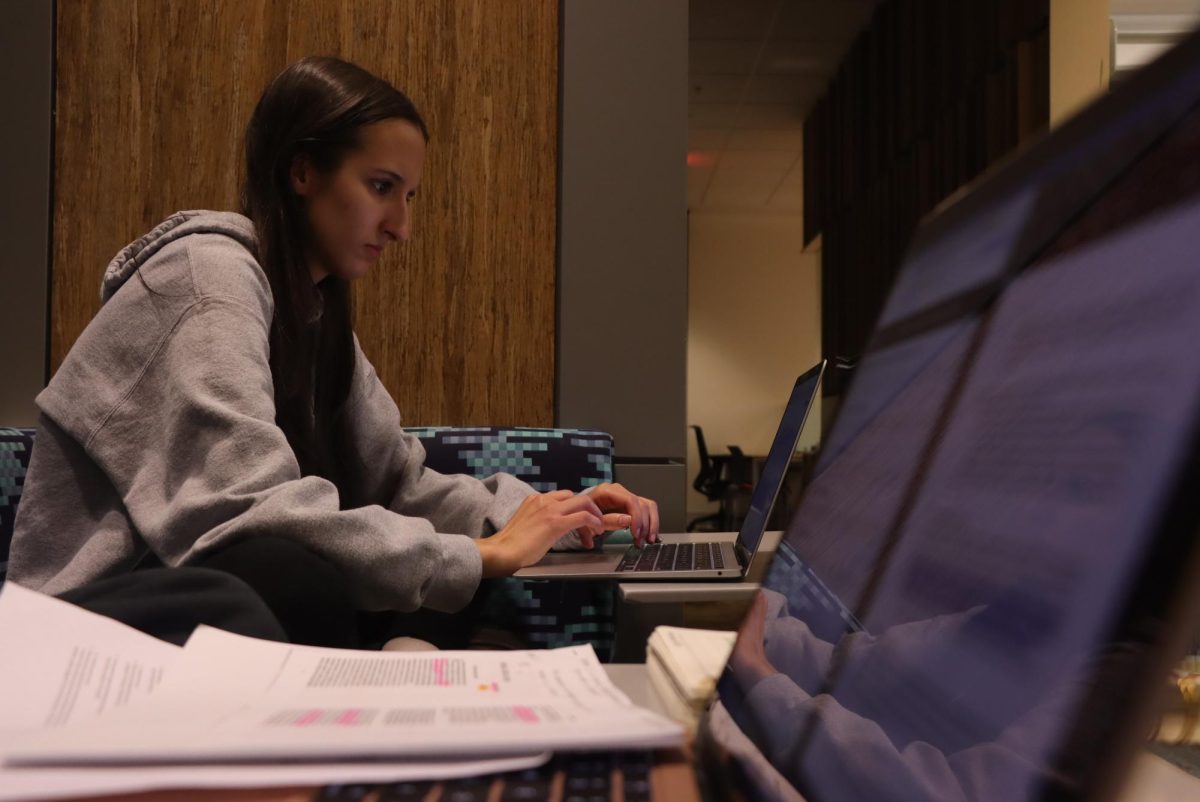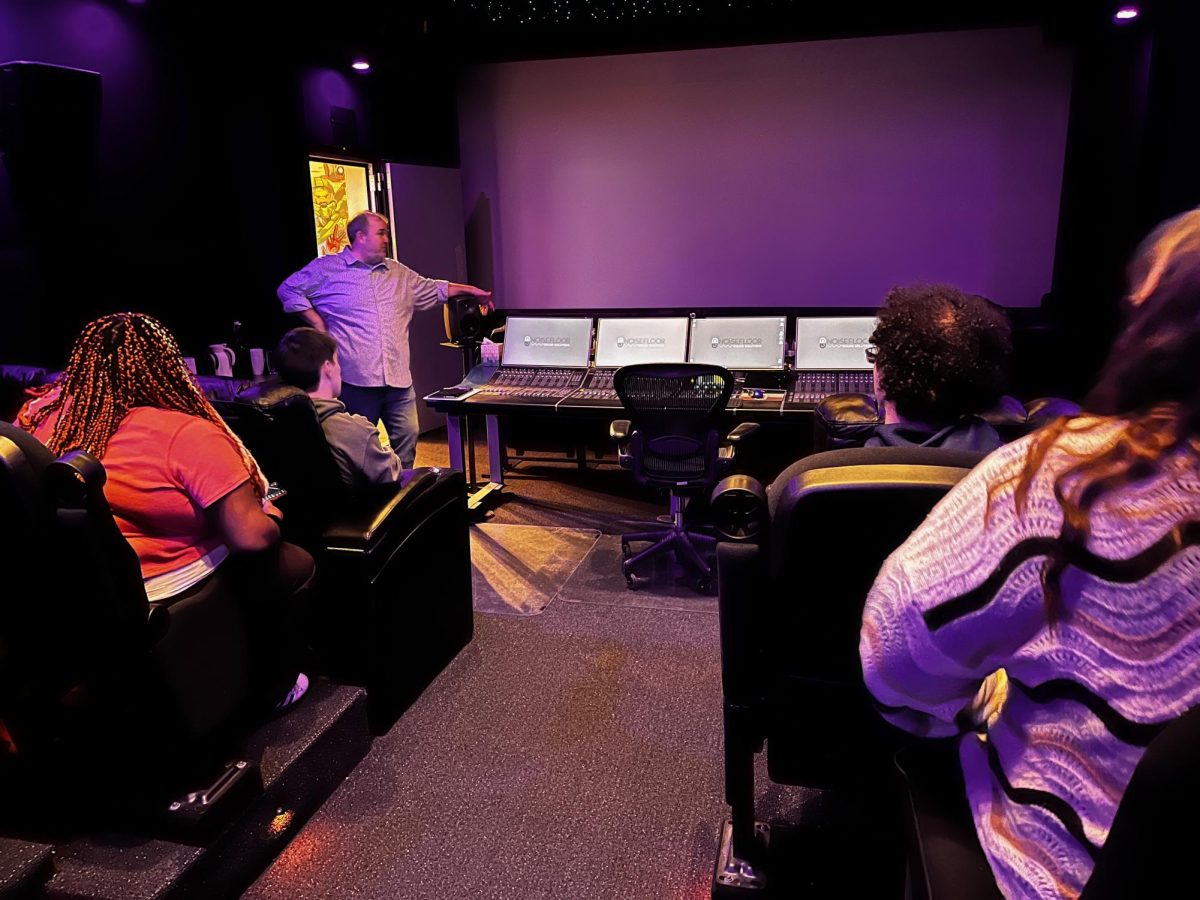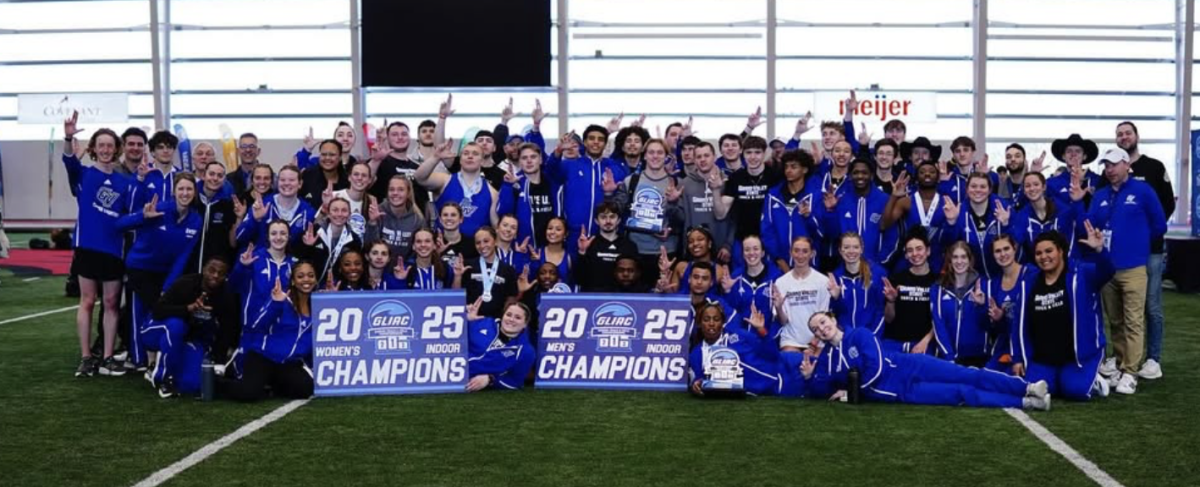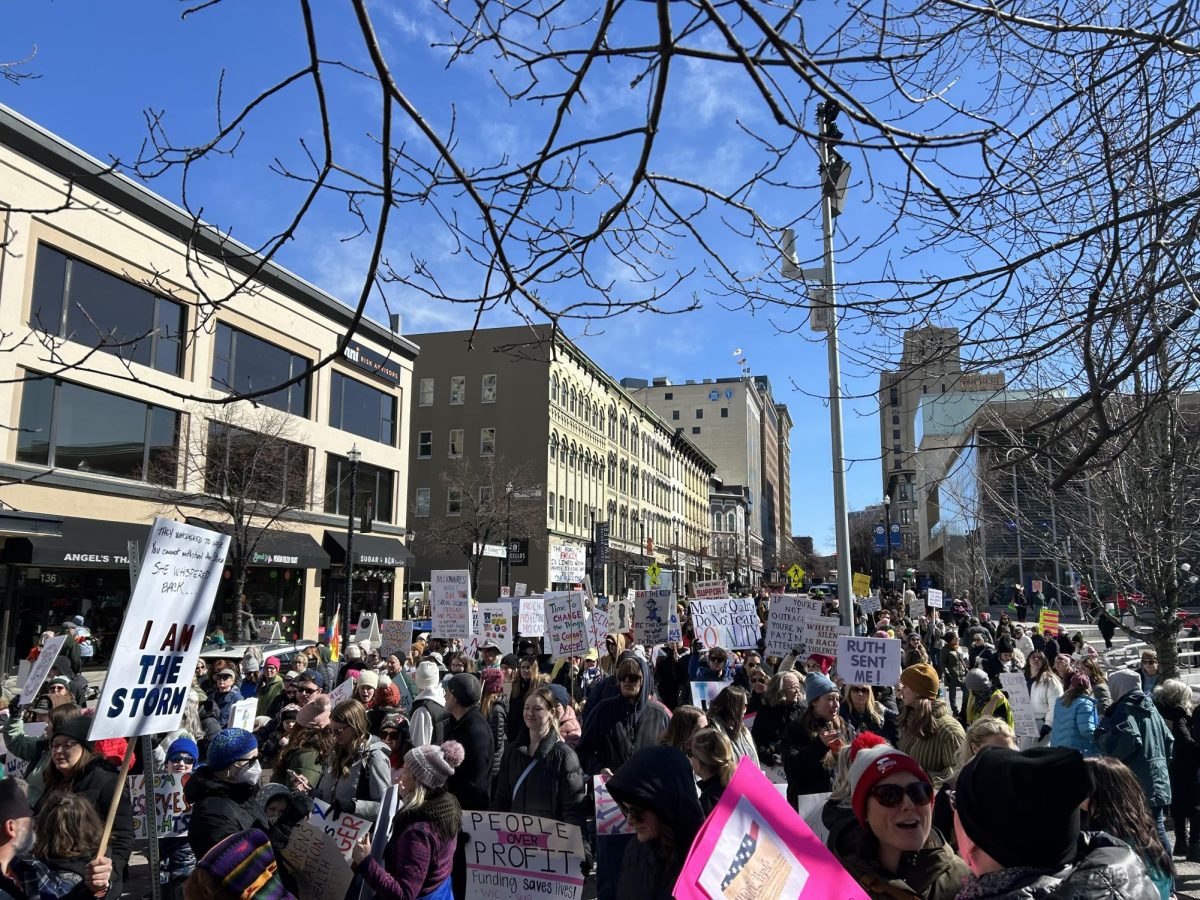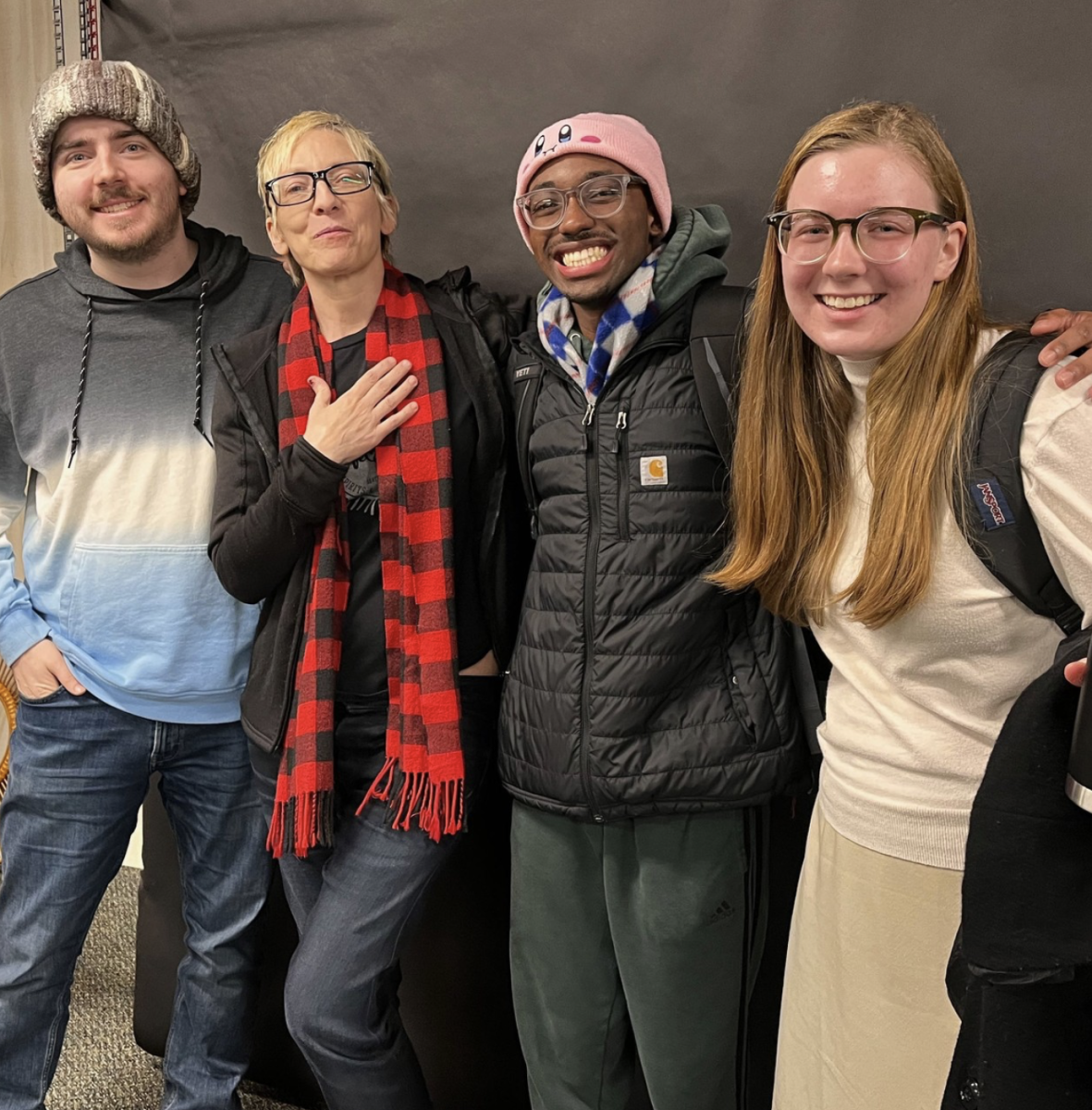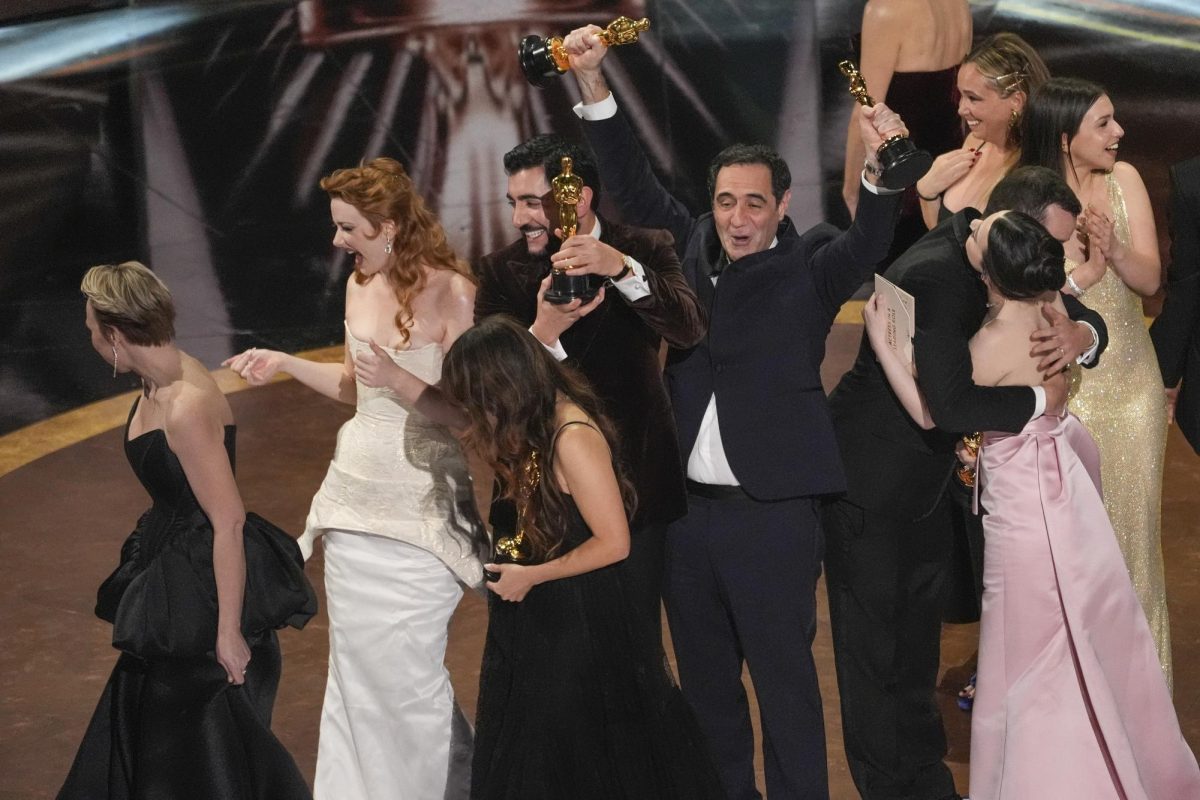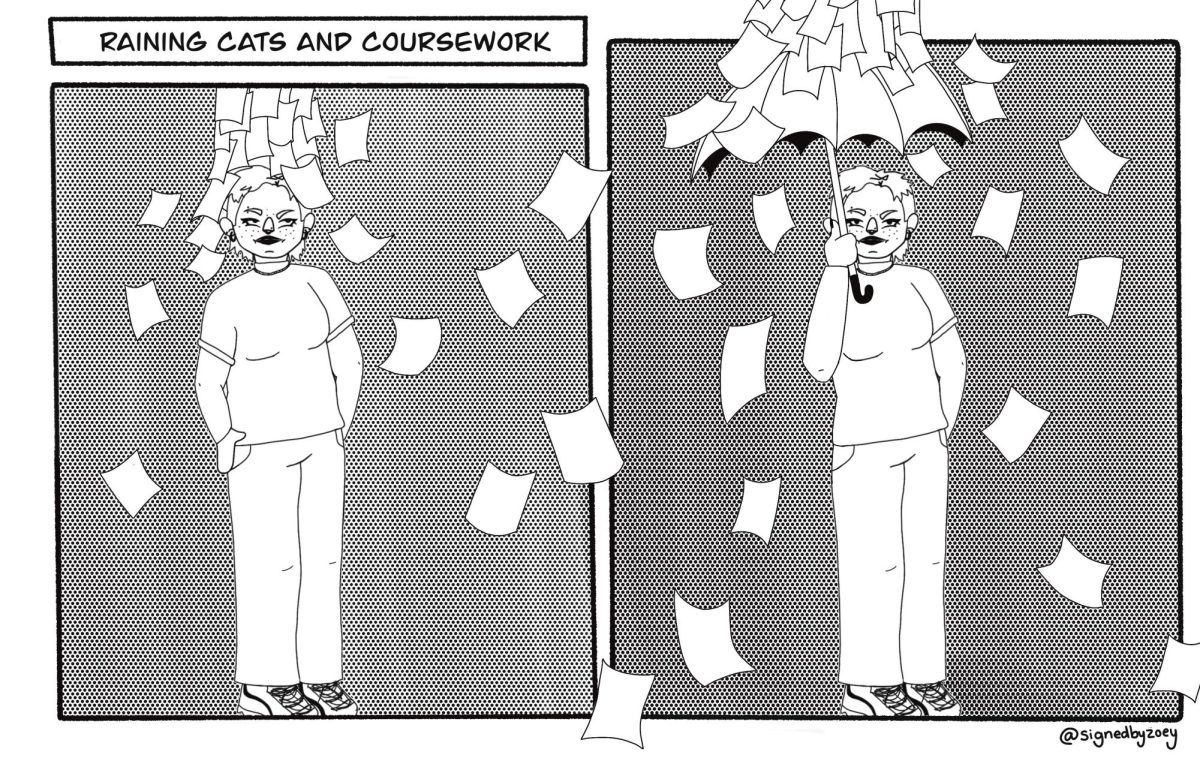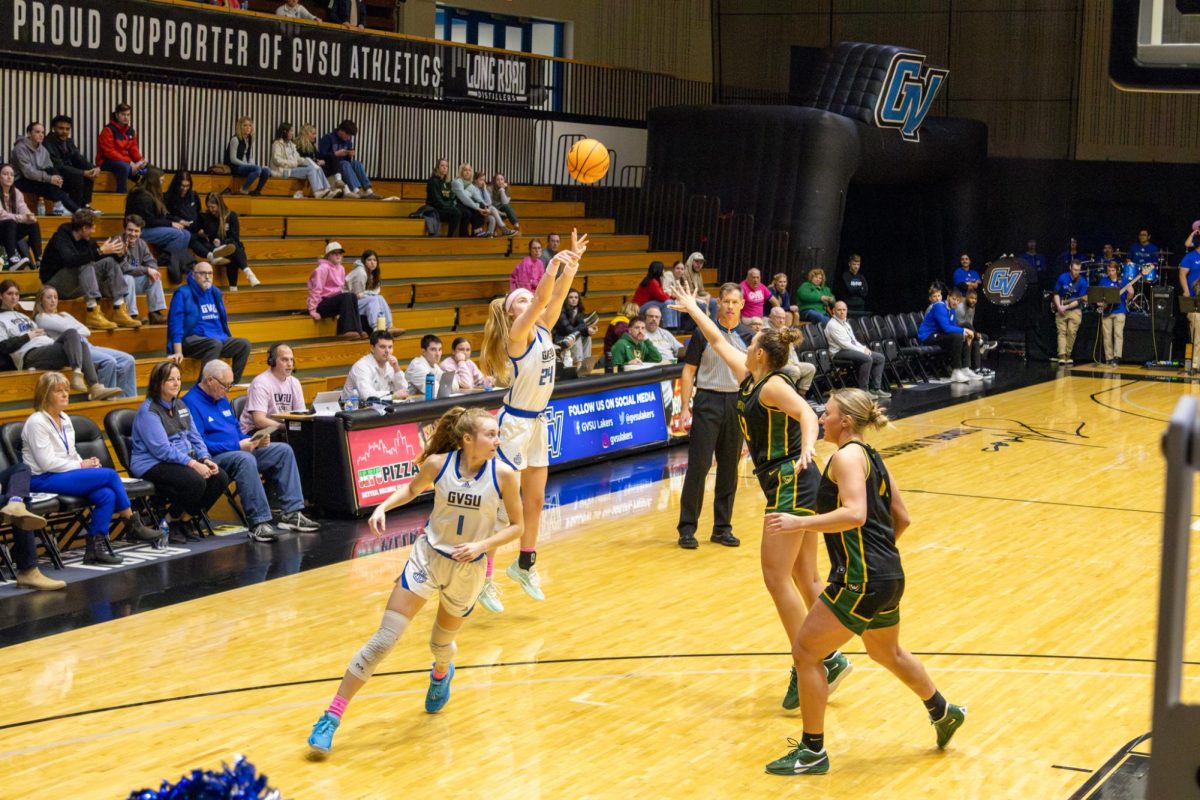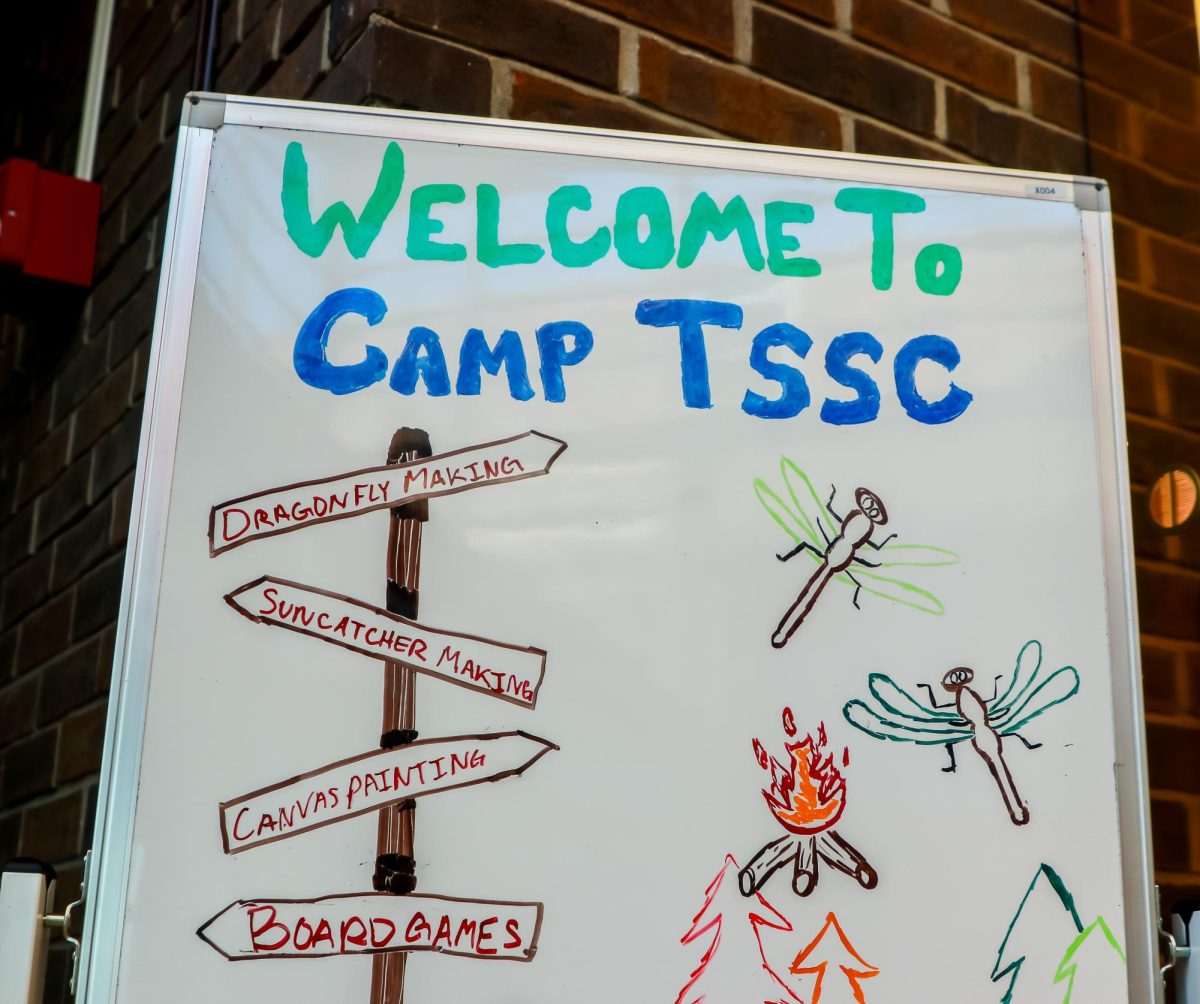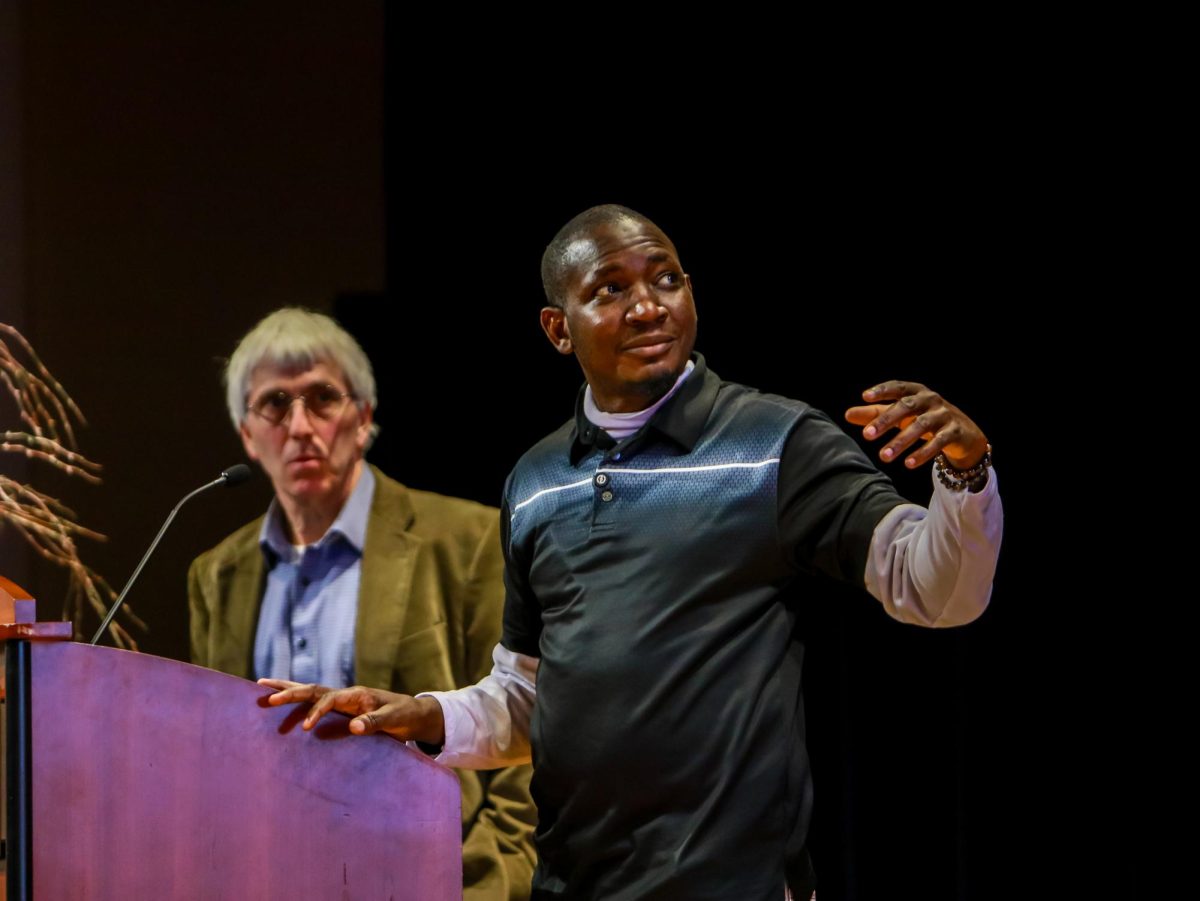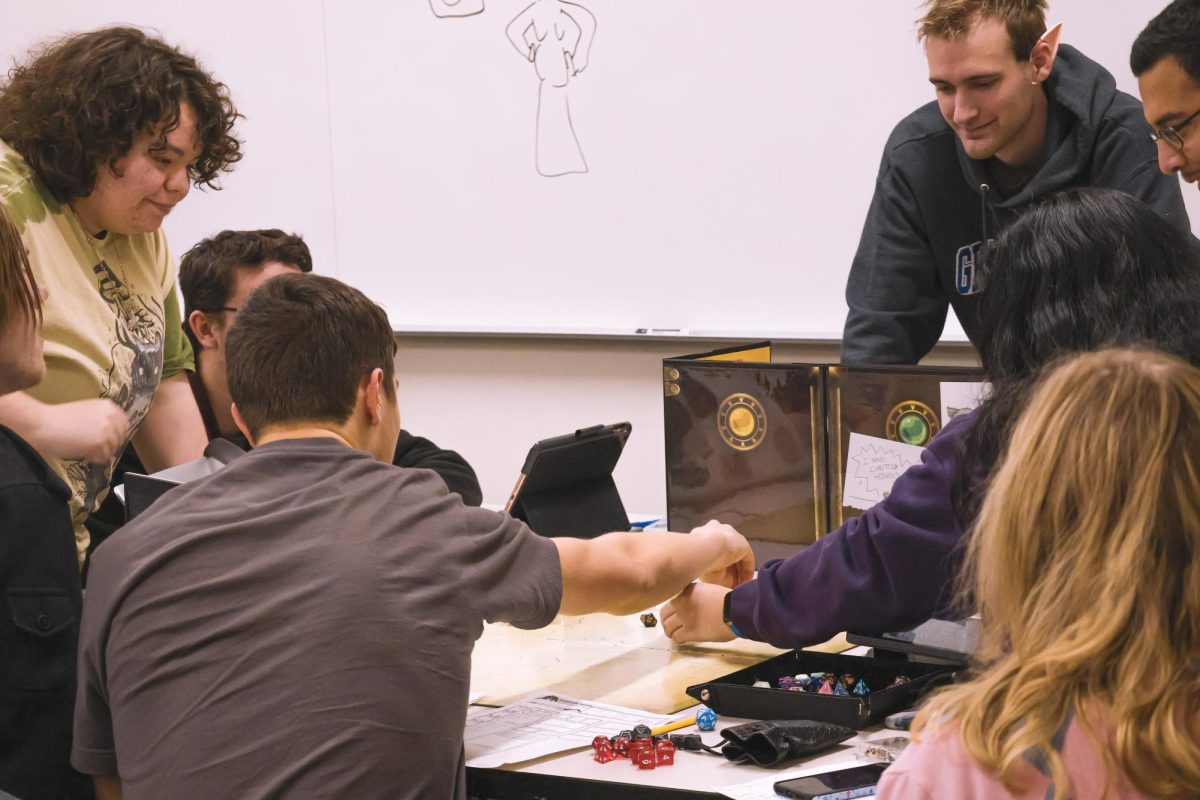GV Professors host virtual talk about death
GVL / Lauren Seymour
Feb 21, 2022
Grand Valley State University professors Dr. Gwyn Madden and Dr. Anna Hammersmith hosted a virtual event on Feb. 17 as a part of the GVSU Art Gallery’s “Unpacking the Exhibition” series. During the event, Madden and Hammersmith discussed how the experience of death is defined, honored and navigated.
In addition to the conversation, they took a look at the artwork from “Sorrow/Fullness: A Reflection on Mourning” by metalsmiths Sue Amendolara, Adrienne Grafton and Renee Zettle-Sterling.
The idea for such an event came about when the GVSU Art Gallery’s User Experience and Learning Manager Amanda Rainey reached out to both Madden and Hammersmith knowing that they both had some expertise on the subject.
“The Art Gallery had an upcoming exhibition on grief and mourning and Amanda was looking for several professors with an expertise area in death/dying,” Hammersmith said. “The United States is quite a death-avoidant culture, with many people staying far away from conversations about death and dying, so I was eager to be invited to talk about this topic with a group of interested attendees.”
Tackling such a serious and emotional topic was something that intrigued the Art Gallery as well as both professors. It was a conversation that Madden felt the nation wasn’t having enough and ultimately one the community could benefit from.
“In the United States we don’t discuss death often,” Madden said. “Our interaction with the dead is limited to attending the funeral or memorial and possibly going to the internment. We have distanced ourselves from the physical body of the dead and in doing so we’re removed from cultural opportunities to express our grief at the death of our loved ones.”
Hammersmith thought it was important to discuss death due to the nature of the “Sorrow/Fullness” exhibit, saying that it only made sense to take on such a difficult conversation.
“The exhibition was focused on grief and mourning – the motivator for the artists’ work was the separation from loved ones through death,” Hammersmith said. “Since the work was centered on loss, it seemed natural to interweave a sociological and anthropological discussion of death.”
The collaborative aspect of the event was also something that appealed to both Madden and Hammersmith, as each professor enjoyed what the other one was able to contribute to the conversation.
“I always enjoy working with faculty across disciplines,” Hammersmith said. “I also have an affinity for anthropology, since it’s closely related to my own field. Working with Dr. Madden was wonderful because she brought such a rich discussion of grief and mourning rituals from other cultural contexts. I thought this complemented my own expertise area well, since my own research often solely focuses on matters related to end of life in the U.S.”
Madden echoed Hammersmith’s sentiments. Due to their different fields both professors had a unique take on the subject.
“It was nice to hear her talking about death from the perspective of sociology and see some overlap between our disciplines,” Madden said.
An important feature of the event, “Sorrow/Fullness,” gave viewers a visual guide into the conversation surrounding death and dying. Both Madden and Hammersmith believed it brought a lot to the conversation, giving viewers a deeper look into the experience of death.
“The art displayed showed personal emotions felt by others caused by death,” Madden said. “Depictions of grief open a space for discussion of how we deal with the experience of death. Looking at examples of death from a cross cultural perspective can also show us that death is a part of life.”
The gallery’s intention with their exhibits is the hope to spark conversation and make the viewers think about the art and the meaning behind it and this gallery achieved that.
“The Sorrow/Fullness exhibit is remarkable,” Hammersmith said. “I believe the art in the exhibit inspired the discussion we had during the session by providing representations of how grief and mourning are expressed in our own society, but also at a very individual and personal level.”






